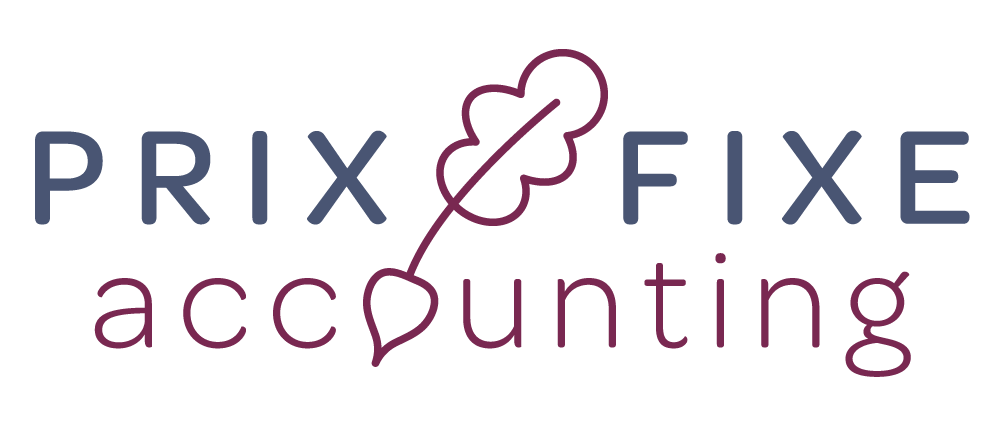You might be familiar with the term "restaurant comps accounting," but what does it really entail? In the restaurant industry, the terms "comps," "discounts," and "voids" are frequently used, often interchangeably. However, are they truly identical? The answer is nuanced: while there are similarities, there are also distinct differences among them. In this post, we’ll do a deeper dive into these 3 subjects and where to use them appropriately.
Discounts
While not commonly said in the restaurant industry, it is commonly used. $10 pizza night, $5 burger night or happy hours are all forms of discounting. In Wal-Mart you might see something on sale and think “Now that’s a discount” in effect, both the pizza night and the 10% off soap are effectively the same thing, but they are presented in different ways. In accounting terms, what happens here is that you record the revenue for the product at full price, and then you have another account, a discount account, which is a contra revenue account. A contra revenue account is one that reduces the amounts reported in a company's revenue accounts. A contra revenue account reduces a company's gross revenues to net revenues. Why do this? It helps to understand if the menu pricing is correct for your food cost, by pulling discounts out from your food & beverage income
Comps
Comps (slang for complimentary items) are discounts for items that are made, added to the check and then completely discount from the bill. You’ll notice that I said “discount” and that was the correct use. That’s because comps, while giving product away, is still technically a discount. You are recording the sale of the product, and then discounting out the entire value.
Voids
Voids, on the other hand, are different. With a void there is no increase and decrease of revenue. A void is simply deleting a sale. While more simple, this does not record that a transaction. It’s like it never happened. The only use case for a void, is when something was done in error, and needed to be deleted. If you ordered a drink in error, and it went to the table, you should not void it, it happened, instead, you would comp it.
Setting up Comps on your Chart of Accounts
Now that we have cleared that up, how do you want to set up comps on your P&L? Well, its important to track these totals, but at the same time, only what is truly important. You would want to group them under Comps & Discounts, and then maybe have 4 or 5 options.
Here are some suggestions
Service Recovery: A must have for all restaurants. Service Recovery is how you correct a bad experience.
Goodwill & Industry: Sometimes you want to give out food, just for the sake of it; whether it is a VIP, or just a great customers
Staff Meals: Helllo tax deduction
Shift Drinks: Unlike Staff meals, this isn’t deductible, so its important to keep it separated
Ownership Discount: If you have multiple partners, you may even have sub-accounts, but that’s is a little excessive, unless you have one partner who is excessive themselves
Performance Discount: a ton of Musicians? You may want to consider this line. If its only a one and awhile thing, just throw it in with Goodwill.
Catering Discount: If you offer tastings, you’ll want to include this to properly track the cost of tastings.
Event Discount: Burger night? Happy hour? Throw it in here.
So that’s it, a little look into the confusing world of discounting. Still got questions?



